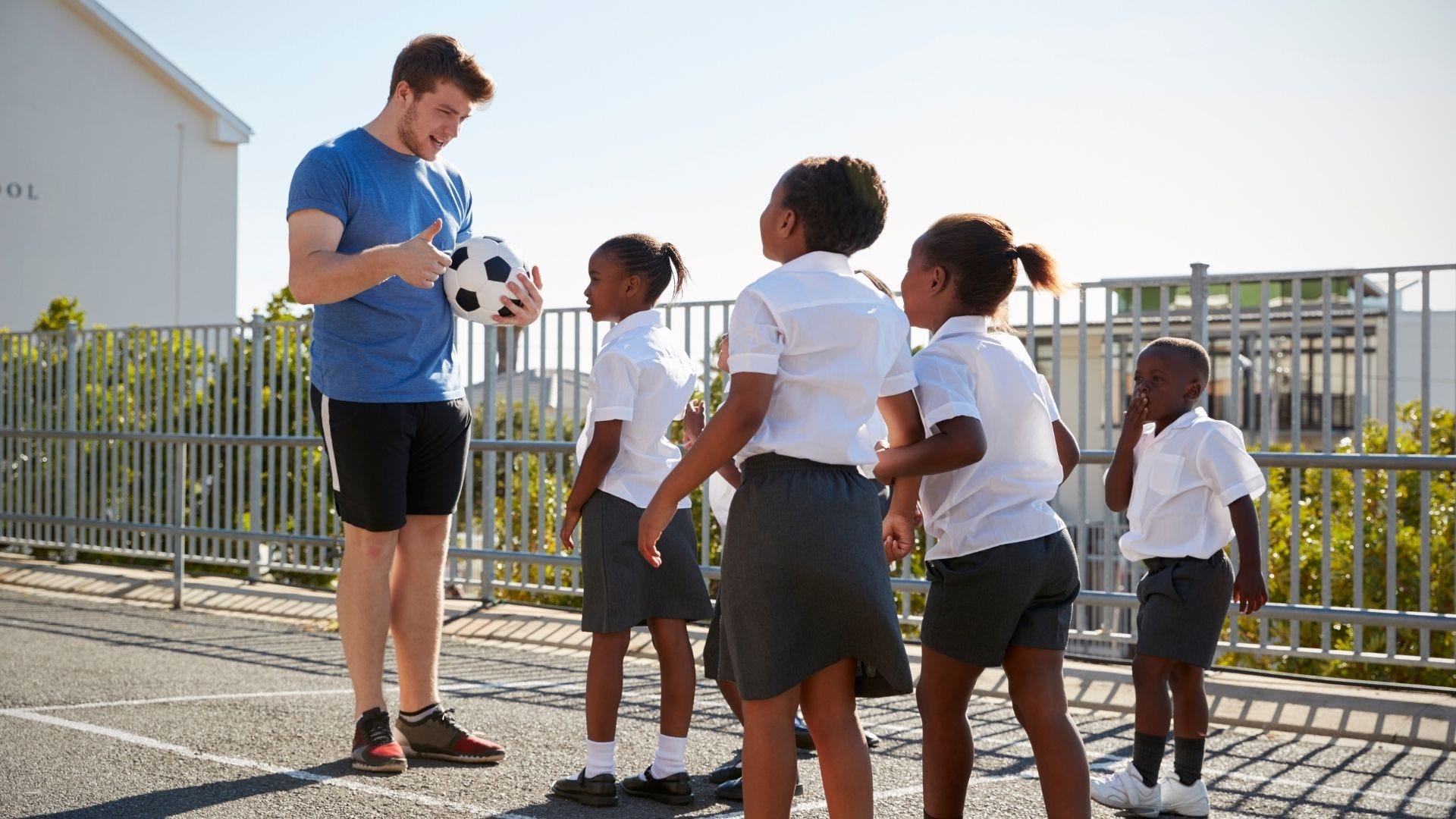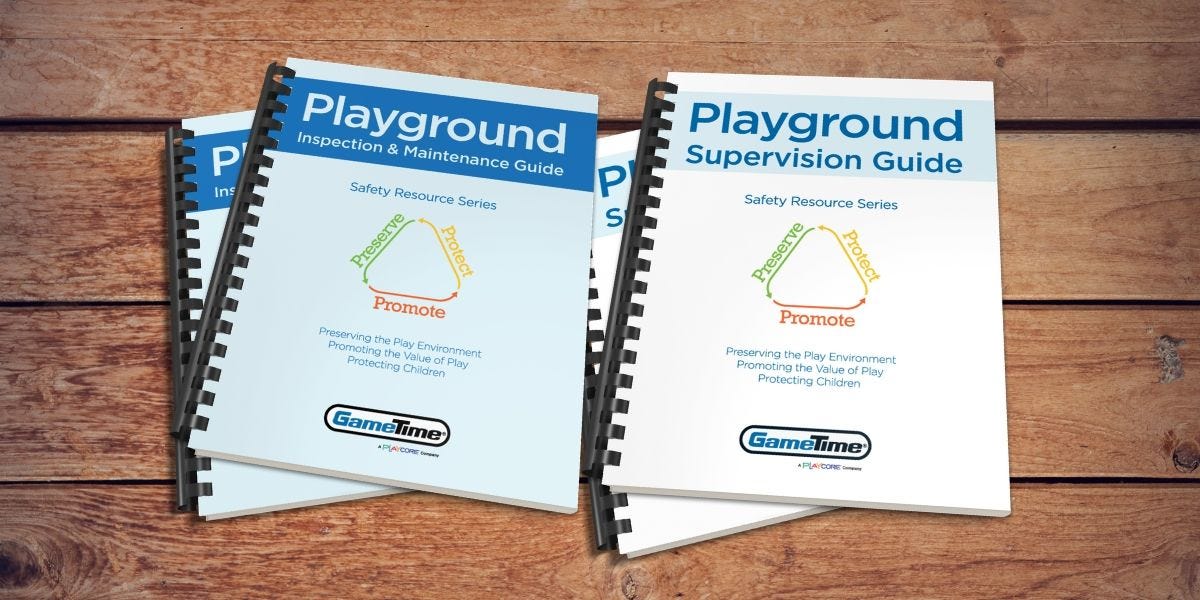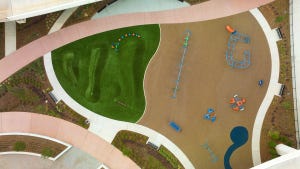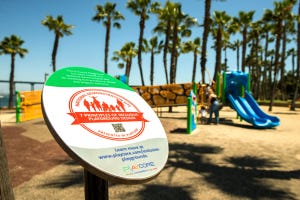The social structure of the school playground is a study of dominance and acceptance. Dominant personalities emerge in settings where children are encouraged to be active and "burn off" excess energy. These children take charge of play activities and games and are the de facto leaders of the pack.
Children with less dominant personalities shuffle into relevant follower roles and attempt to fit in and not upset the balance of power. This is not unlike the social structure of animals in the wild wherein order is maintained by a reasonable show of force or confidence by the alpha animal. Order breaks down when a predator enters the community.
In the wild, the predator may be a large canine or feline animal that feeds on the weaker species. On the playground, this predator has another name: bully. This article will explore what causes playground bullying and five ways teachers can prevent it.

What Causes Bullying?
Bullying is based upon feelings of fear and inadequacy. Bullies are often dissatisfied with their own lives and seek to improve their station in society or their feelings of self-worth by dominating other people. The iconic image of the typical playground bully, however, is not always so easy to spot.
Bullying takes on many forms, including taunting and name calling, shunning and preventing someone from joining in, and other non-violent activities that still impose dominance upon a weaker child. The effects of bullying on victims can include poor performance in school, low self-esteem, disengagement from social play and activities, and, in extreme cases, self-harming behavior.
The Global Children's Fund is a nonprofit organization that specializes in bullying research and development of child safety and abuse prevention. They work with parents and educators to identify and prevent instances of bullying. Here are some of their recommendations on how teachers can prevent bullying on the playground:
1. Get Teachers Onto the Playground

We understand that recess serves as invaluable set-up time for teachers, but if you can manage to rotate turns so that at least one teacher is on the playground interacting with the kids each recess, it can accomplish a lot. Anyone who’s ever worked with kids this age and watched their heated arguments about who's the boss of who knows that having the children's authority is a key part of proper supervision. If the children don't respect you as someone with authority, they'll never listen to you.
Some schools rely on using classroom aides on the playground instead of teachers. The problem with classroom aides on the playground is most fail to earn this authoritative respect among their charges. Students tend to view them in the same light as rent-a-cops; not a real teacher who commands real authority or deserves their respect.
When children get in scuffles and disregard what an aide says, as they often do, you tend to get a lot of "wait until your teacher finds out that you're not listening." The kids rightly see this as passing the buck, which only undermines the authority of all aides in general. Their job duties are more akin to security guards: they stay relatively disinvolved with the kids and focus on maintaining the perimeter.
So if you have 200 kids on the playground with 4 or 5 aides standing next to the building watching, the kids are essentially unsupervised. Sure, they'll handle bloody knees and keep them from running off, but they are otherwise left to their own devices, and without an authority figure who the more difficult or aggressive kids consider someone commanding of respect.
This allows bullying to occur.
Having at least one teacher amidst the kids provides an authority presence. Problems can be dealt with as they arise by someone the kids view as a respectable authority, and the more aggressive kids are not given a free pass to do whatever they want so long as it doesn't draw blood.
2. Design Your Play Areas to Keep Age Groups Separated
Try to avoid mixing age groups. This allows for a large power differential to exist among the kids, and power differentials tend to open the door for bullying behavior. If you do mix a whole range of ages together, there's nothing fundamentally wrong with this, so long as you accommodate for it with excellent supervision.
One way to separate childern and mitigate the possibility of a power differential is to design your playground for different age groups. Combine play systems and freestanding play activities for children between the ages of 2 and 5. Create a separate play area for children ages 5 to 12.
Designing your playgrounds for specific age ranges can go a long way to prevent bullying. It also makes it easier for teachers to supervise smaller groups of children effectively.
3. Prevent Playground Bullying With Conflict Avoidance
Organize playground activities so that they are not conflicting with each other. Many conflicts start with an accidental bump or shove or because kids run into each other. This is a safety concern as well.
Make sure you have plenty of supplies - scarcity results in conflict, and can lead to bullying behaviors when kids fight over limited resources. So one way to diminish conflict is simply to make sure you have plenty of balls and other supplies to go around. You also might try having each grade create a set of playground rules and post these on the door so that all students are aware of them.
4. Have a Simple Plan to Address Playground Bullying

Make sure all playground staff know what problem signs to look for, such as:
- A student who is consistently off by themselves
- A group of kids restricting other children from playing in a certain area
- Pointing & laughing at someone
- A child who seems withdrawn and depressed but is reluctant to give you a reason
Create a clear and easy way for playground supervisors to report problem incidents they see. The more complicated the system, the less likely it is to work. One of the best methods is to keep a playground log for each grade on a clipboard, so that suspect behaviors can be quickly recorded.
Empower teachers and aides to identify common culprits or instigators who might have gone unnoticed before. Deal with all incidents of bullying or intimidation swiftly, and never tell kids to sort it out on their own. This will either lead to a fight, or it will hand victory to the bully while teaching the victim that adults will do nothing to protect them.
5. Bust Out the Camera
This may seem a bit Orwellian, but it often works. Simply having a camera or video recorder around can alter the children's behavior. Take out your phone and record any issues you suspect are bullying.
No child wants a photo proving they were causing trouble, and it can eliminate problems before they start. This is an especially powerful tool if your school has had problems with playground bullying in the past.
Be sure to use the camera both ways: try to catch kids displaying positive behaviors towards each other as well, and share these among the class.
Supervision Equals Prevention

Ultimately, the best way to prevent playground bullying is with thorough supervision. Whether it's a school playground or a public park, it's up to parents and teachers to be aware of potential trouble and put a stop to it before it begins. GameTime publishes a comprehensive playground supervision guide that will help you keep the playground a welcome spot for every child. Contact the GameTime playground expert in your area to request a copy today.





